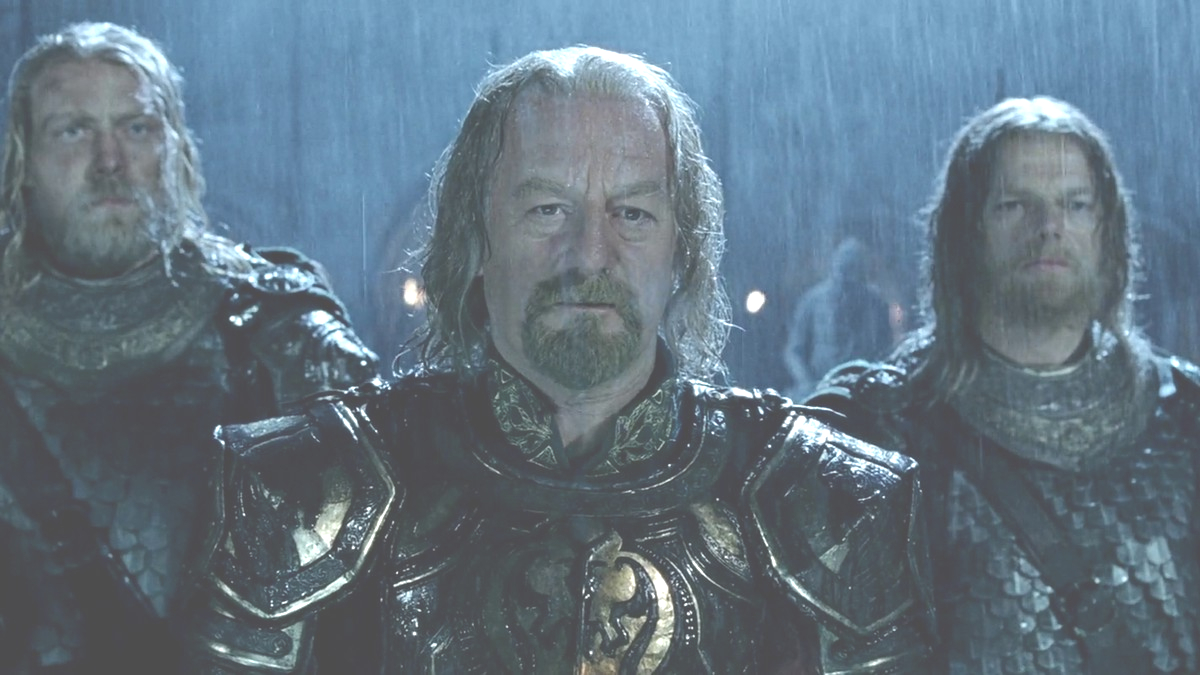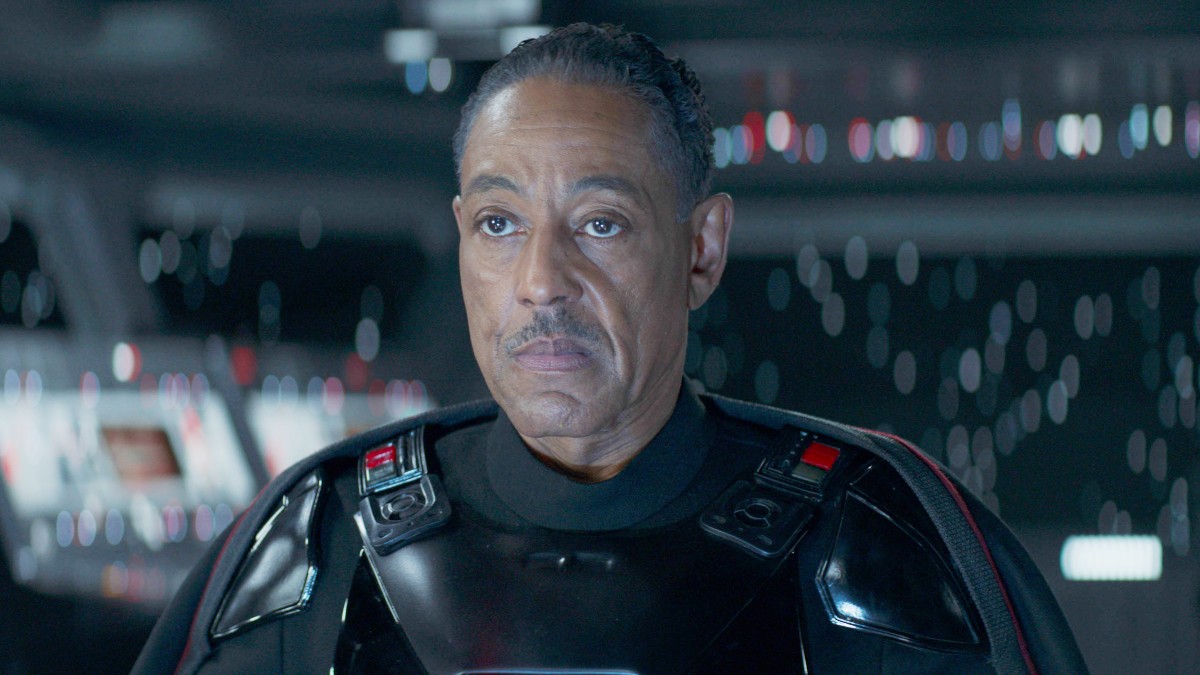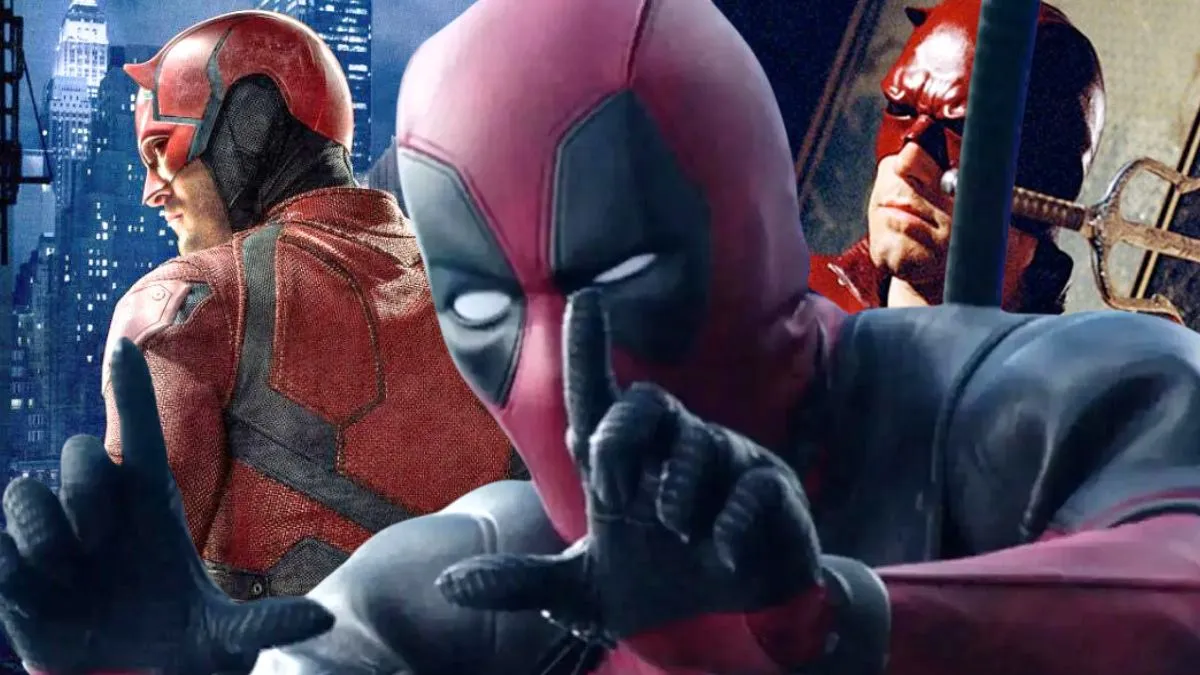
Dark comedy is a difficult thing to get right. The humor must be daring enough to go to uncompromising places, but mean and sardonic jokes only work if they are funny. The issue with jokes that aim to be savage and nasty is that they are also easy to make: it is simple to poke fun at someone in a vulgar way if the humor depends on humiliating that target. It is too simple for a screenwriter to whip up a joke that emasculates a male character – for instance, one making fun of their lack of sexual prowess – and put it down on the page. Similarly, it also demands little effort to turn the person who is making that crude joke into a boorish stereotype.
On those counts, Lawrence & Holloman is a comedic failure, a film empty of originality, compassion or humanity. Director and co-writer Matthew Kowalchuk does not give the viewer any sense of rooting interest in the title characters; instead, we follow these aggressively unlikable people as they insult and injure each other. The stabs at unremittingly bleak comedy are admirable, but by the time the film turns into a macabre, miserable duel between the two characters, they are so beneath us that it is hard to care for either of their fates.
Daniel Arnold, who also serves as one of the screenwriters, plays Holloman. (The character never gives his first name, even when a potential love interest asks for it.) Holloman is a sad sack, like a grown, live-action Charlie Brown. He is trapped in a dead-end job as an accountant for a department store. During our first day with Holloman, he keeps staring at his black briefcase during the day, which the audience soon learns has a gun inside of it (he wants to kill himself).
Before Holloman can blow his brains out in the department store elevator, the doors open and happy-go-lucky salesman Lawrence (Ben Cotton) glides in. As Lawrence boasts into his phone on the elevator, some people have acumen and some people do not. Lawrence has it, Holloman does not. Lawrence is a man of infinite jest whose movements are normally struts and skips. Holloman watches him with scorn, envious of Lawrence’s personality and charisma. However, the office clerk cannot help but join Lawrence for some drinks after work, hoping his company will distract him from his suicidal tendencies.
Lawrence & Holloman is vastly unsurprising in how the characters initially interact with each other. Lawrence recognizes his new friend’s malaise and stiff personality and tries to hook him up with Zooey (Hannibal’s Katharine Isabelle), a smoky-voiced lingerie saleswoman. The arrogant, sunny jock type gives Holloman a lecture about the ways to woo women and be more presentable. According to its predictable trajectory, Holloman starts to pursue Zooey while Lawrence starts having problems at home with his fiancée, the blandly written Jill (Amy Matysio).

However, these obvious plot beats are later replaced by something even less welcome. As the tables are turned, the comedy starts treading down an off-kilter path where none of the jokes land and none of the character’s decisions or interactions make sense. The trick of a comedy like this would be to ground these larger-than-life personalities in a recognizable setting; however, not a single moment or line of dialogue in the film’s second half feels as if it comes from a human source. The reversal of fortune for both characters never feels convincing, and the twist of what has spurred these shifts is non-sensical.
Meanwhile, neither Cotton nor Arnold have enough nuance to turn their characters into more than their rote character types would suggest. Their moments of desperation – such as when Holloman twists in fury about his reluctance to pick up Zooey, or Lawrence’s lunacy before the police arrive to question him about stolen funds – should be comical, but feel frantic. Each actor tries too hard to emote their obvious panic and misery to the audience. Furthermore, the female characters exist to be objects of sexual approval instead of as people. In one unfortunate moment, the title characters watch Zooey hop off a motorcycle while wearing a tight black brassiere, which Kowalchuk emphasizes with slow motion. Also, Matysio’s Jill barely registers as much of a person.
The film is based off a play from Canadian writer Morris Panych, but its transition to the screen is fraught with problems. Its tone veers all over until the writers find one to stick with for the final act: one that is cruel and with contempt for the characters. Lawrence & Holloman also has moments of slapstick – a moment when a car hits Lawrence looks like a live-action interpretation of a Wile E. Coyote moment – that do not fit the dark tone of the writing. Meanwhile, Kowalchuk thinks he can milk laughs off of absurd cut-aways to emphasize some of the strange things his characters are talking about, a comic trick employed by shows like 30 Rock and Family Guy with more zany creativity. Alas, these sporadic moments break the flow of the scenes and are not defined enough to be funny.
Lawrence & Holloman is a clumsily written adaptation that tempts us to care for any of the irredeemable lead characters. The performances are shrill and one-note – Cotton’s mugging recounts a third-rate Jim Carrey or second-rate Chris Kattan – while the plot developments are contrived and unconvincing. The film also has a hard time finding the right tone for its morbid humor. It eventually veers so far from an acceptable reality that the jokes and situations, which attempt to be dark and daring, just miss their mark entirely. Simply put, this is a dim, disturbing, detestable film that is too strange to be dark and too cruel to be a comedy.






